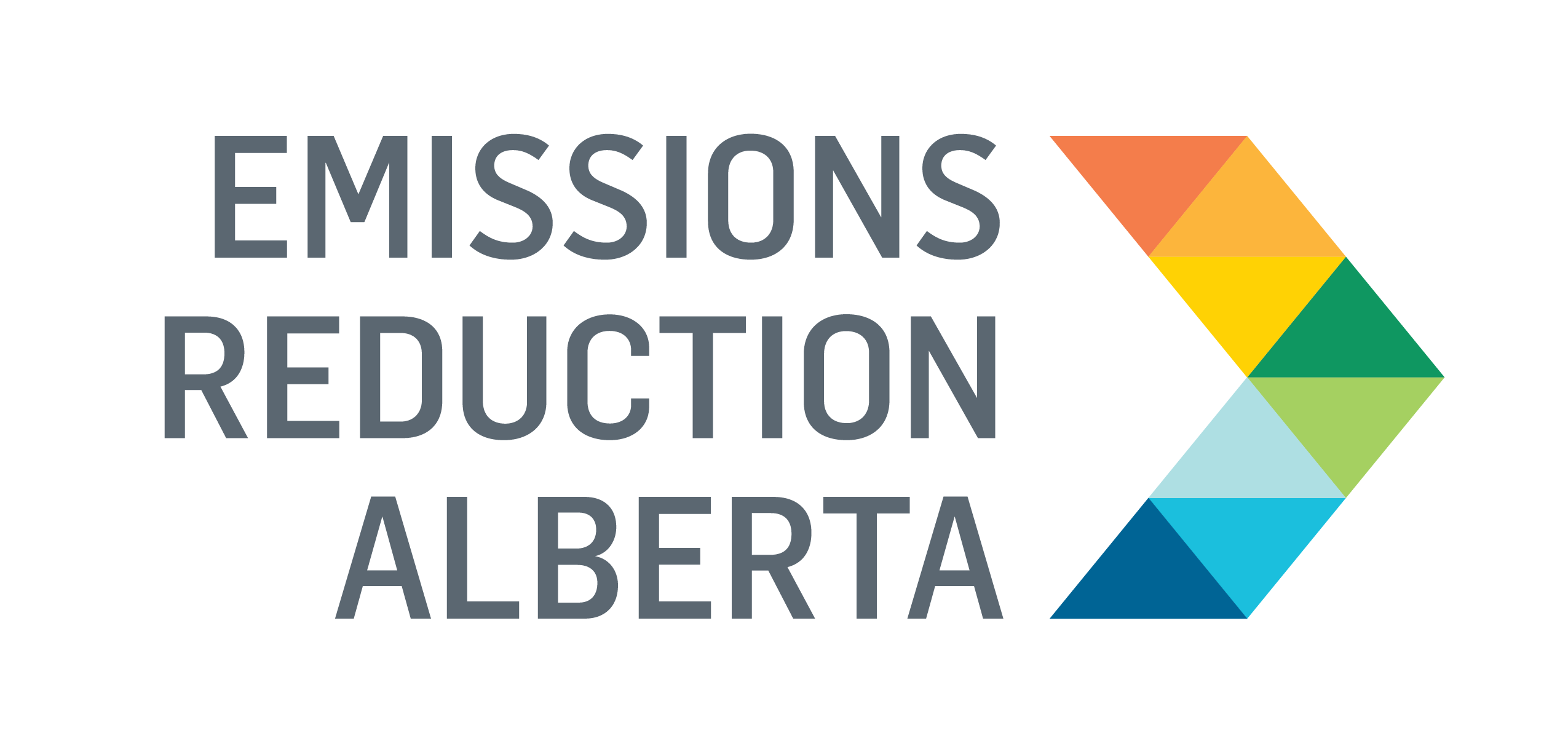Transforming CO2 into Solid Materials
Funded in 2014 through Round 1 of ERA’s Grand Challenge, this project aimed to provide proof of concept and scale-up of a novel and proprietary process to utilize CO2. Carbon Upcycling Technologies (CUT)’s technology utilizes CO2 by reacting it with fly ash, an ingredient of concrete, and avoids CO2 emissions by reducing cement requirements for concrete production.
Instead of using expensive and energy-intensive methods, CUT created a simpler system that works at room temperature and low pressure. The process uses a range of materials like graphite, coal, fly ash, and minerals, and reacts them with CO2 to produce carbon nanoplatelets—tiny sheets of carbon that can be used in products like concrete, plastics, and coatings. These nanoplatelets help reduce the amount of raw materials needed in those products, which indirectly lowers greenhouse gas emissions. The technology was designed to be scalable, cost-effective, and capable of using low-purity CO2, making it practical for industrial use.
Utilizing CO2 in Concrete to Reduce Emissions
Through the project, CUT gained several valuable technical insights. One key lesson was that existing methods for turning CO2 into solid materials were found not to be practical for scale-up due to energy demands and poor carbon efficiency. This prompted the successful development of a low-energy and low-pressure process that can operate at room temperature conditions and uses industrial waste materials, such as fly ash and coal, without pre-treatment. CUT also learned the importance of third-party validation to confirm product consistency across various feedstocks. Collaborations with academic institutions were essential for optimizing process parameters and identifying high-value market applications. On the commercialization side, the team discovered that while the environmental benefits of CO2 sequestration are significant, industry partners were primarily motivated by the potential for performance gains and material cost reductions that the technology offered.
What’s next?
After the completion of this project in 2016, CUT continued to advance and commercialize its CO2 utilization technology through a series of follow-on initiatives. Notably, CUT launched three follow-on projects with ERA: “Carbon Nanoplatelet Production from Exhaust CO2 Emissions,” “Direct Carbon Conversion to Chemically Enhance Supplementary Cementitious Materials for Building Construction (MACE)” and “The Future Generation of Low-Carbon Concrete.” These projects were funded through ERA’s Partnership Intake Program, Accelerating Carbon Capture, Utilization and Storage (CCUS) Technologies call and Circular Economy Challenge, respectively. The projects further developed CUT’s core process by optimizing the chemical activation of fly ash and expanding the range of suitable supplementary cementitious materials (SCMs), enabling broader application in the construction sector. Building on the momentum of these projects, CUT secured a $26 million investment from the Business Development Bank of Canada’s climate tech fund and began co-locating full-scale systems at cement plants in Canada and the UK. By 2024, the company delivered hundreds of tonnes of CO2-enhanced materials to Alberta construction projects and is now targeting commercial production of 125,000 tonnes per year by 2026, positioning itself as a global leader in carbon utilization and low-carbon concrete innovation.
